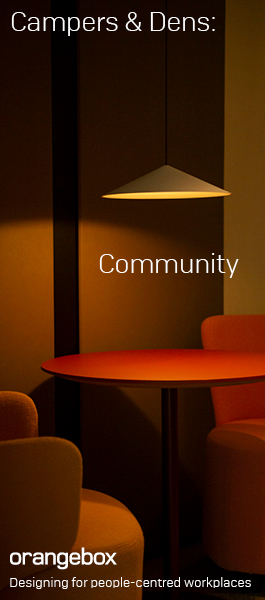January 2, 2026
Business leaders bemoan slow progress on ‘Europe’s Silicon Valley’
 Britain’s ambition to turn the Oxford–Cambridge corridor into a globally competitive technology and life sciences hub is facing renewed scrutiny as business leaders warn that delays to infrastructure risk undermining investor confidence, even as ministers restate their commitment to accelerated delivery. The government has positioned the so-called OxCam growth corridor as a central plank of its economic strategy, with Chancellor Rachel Reeves describing it as having the potential to become (inevitably) Europe’s Silicon Valley. The plan centres on better connecting Oxford and Cambridge, stimulating housing delivery and encouraging high-value research, technology and manufacturing to scale across the region. (more…)
Britain’s ambition to turn the Oxford–Cambridge corridor into a globally competitive technology and life sciences hub is facing renewed scrutiny as business leaders warn that delays to infrastructure risk undermining investor confidence, even as ministers restate their commitment to accelerated delivery. The government has positioned the so-called OxCam growth corridor as a central plank of its economic strategy, with Chancellor Rachel Reeves describing it as having the potential to become (inevitably) Europe’s Silicon Valley. The plan centres on better connecting Oxford and Cambridge, stimulating housing delivery and encouraging high-value research, technology and manufacturing to scale across the region. (more…)


































